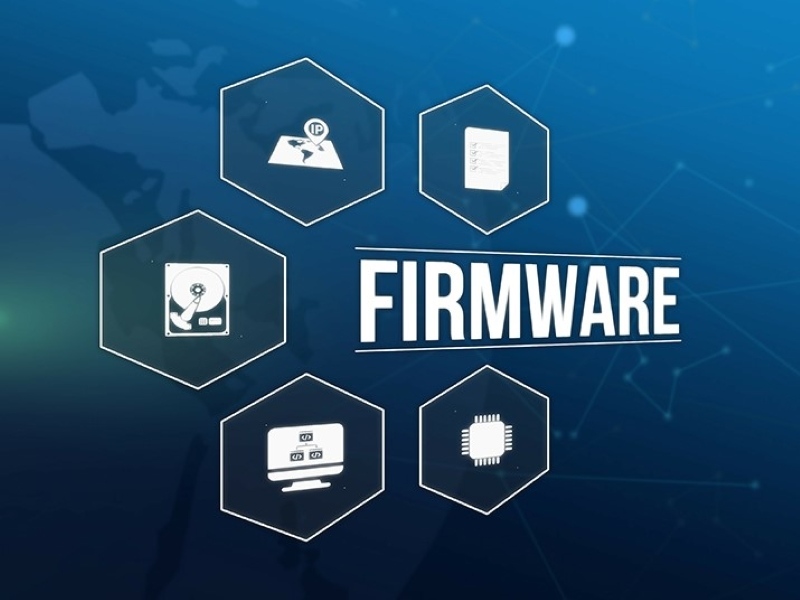- Firmware in IoT is an essential component of an IoT device that enables it to operate as intended.
- Firmware ensures seamless communication, data processing, and operational control for IoT devices.
In the Internet of things, firmware is specialised software embedded within IoT devices to control their functions and enable connectivity. It operates at a low level, directly interacting with the hardware to manage device operations, data collection, and communication with other systems. In this blog, you can understand the essential role of firmware in IoT.
What is firmware in IoT
Firmware is a type of software that is embedded directly into the hardware of IoT devices. Unlike standard software that runs on top of an operating system, firmware operates at a lower level, providing the essential instructions needed to control hardware components and manage device functionality.
Firmware is stored in non-volatile memory (like ROM or flash memory) within the IoT device, ensuring that it remains intact even when the device is powered off. It directly manages hardware components such as sensors, actuators, and communication modules. Besides, firmware handles the device’s communication with networks and other systems, ensuring that data is transmitted and received correctly.
Also read: The essential impact of firmware upgrades
Also read: Weaving a Seamless Web: A secure end-to-end IoT solution
The crucial role of firmware in IoT
Firmware is indispensable in the realm of IoT, performing several critical functions that ensure devices operate efficiently and effectively:
Device management: Firmware governs the operation of hardware components in IoT devices. For example, in a smart thermostat, firmware controls the temperature sensors and actuators that adjust the heating or cooling based on user settings and environmental conditions. This management is essential for the device to perform its intended functions accurately.
Connectivity and communication: IoT devices rely on firmware to manage their connectivity to networks and other devices. It handles various communication protocols, such as Wi-Fi, Bluetooth, or cellular connections, enabling the device to send data to the cloud or receive commands from a remote application. Effective communication is crucial for the functionality of IoT systems, allowing devices to interact with each other and with central servers.
Data handling: Firmware processes data collected by IoT devices, such as sensor readings or user inputs. It may perform initial data filtering, aggregation, or analysis before sending it to cloud services or other systems for further processing. This capability ensures that relevant and accurate data is transmitted and acted upon.
Security and updates: Security is a significant concern in IoT, and firmware plays a vital role in protecting devices from vulnerabilities. Firmware updates can fix security flaws, improve performance, and add new features. Regular updates are essential to safeguard against potential threats and ensure that devices remain secure over time.
Integration with applications: Firmware provides the interface between hardware and higher-level software applications. It allows IoT devices to integrate seamlessly with various applications, enabling functionalities such as remote control, automation, and data analysis. This integration is key to delivering a cohesive user experience and unlocking the full potential of IoT technology.
Firmware may not always be the most visible aspect of IoT technology, but its role is fundamental to the operation and performance of connected devices.

